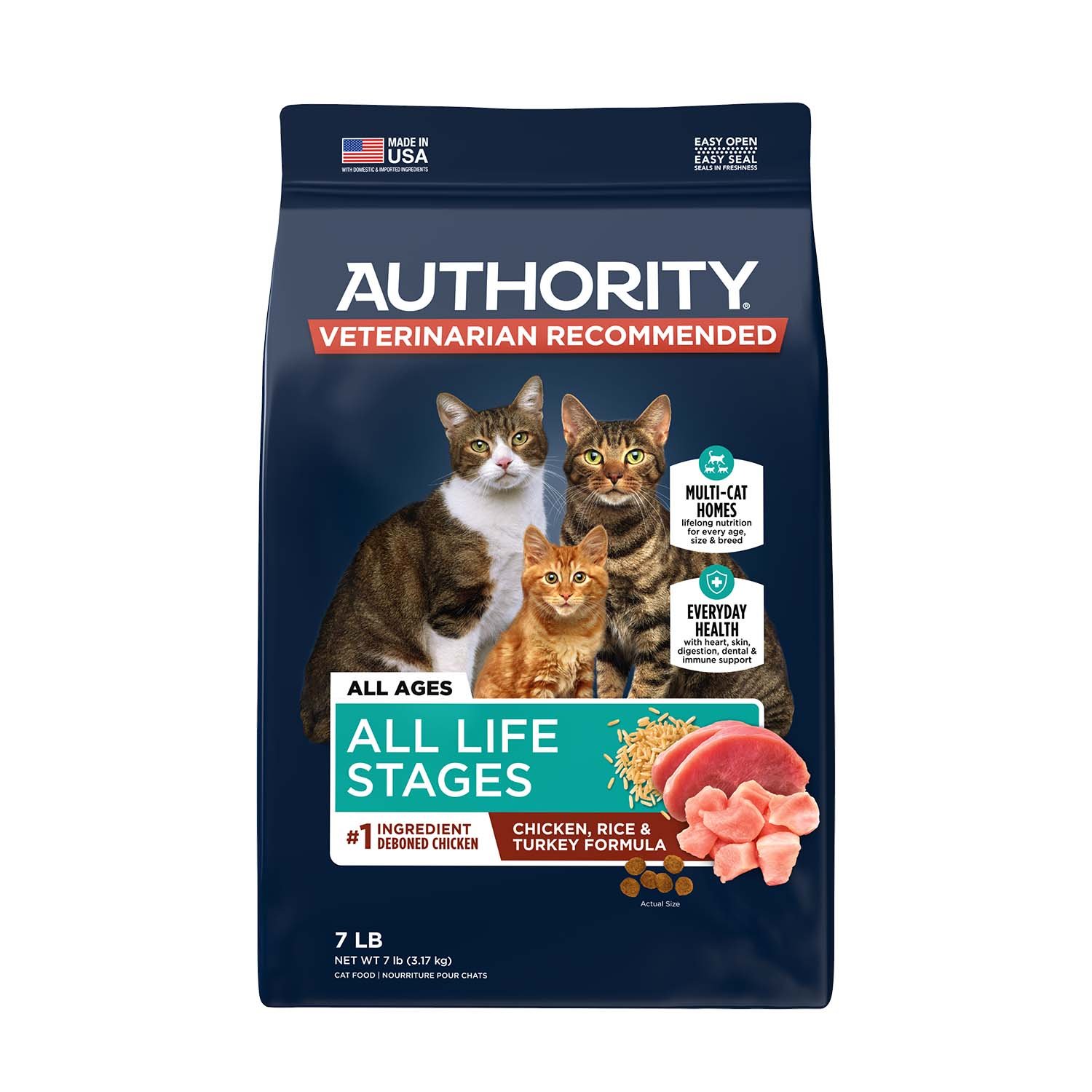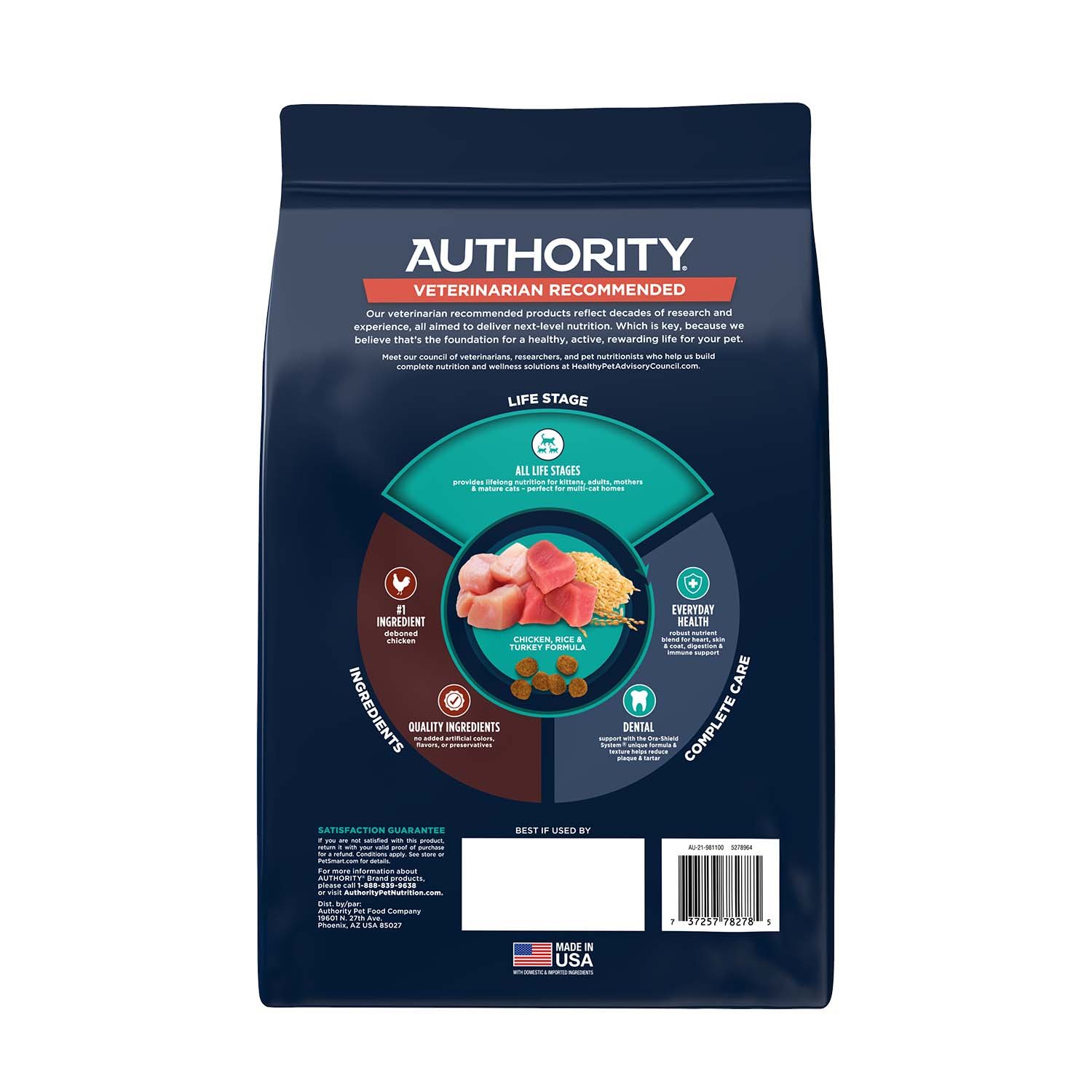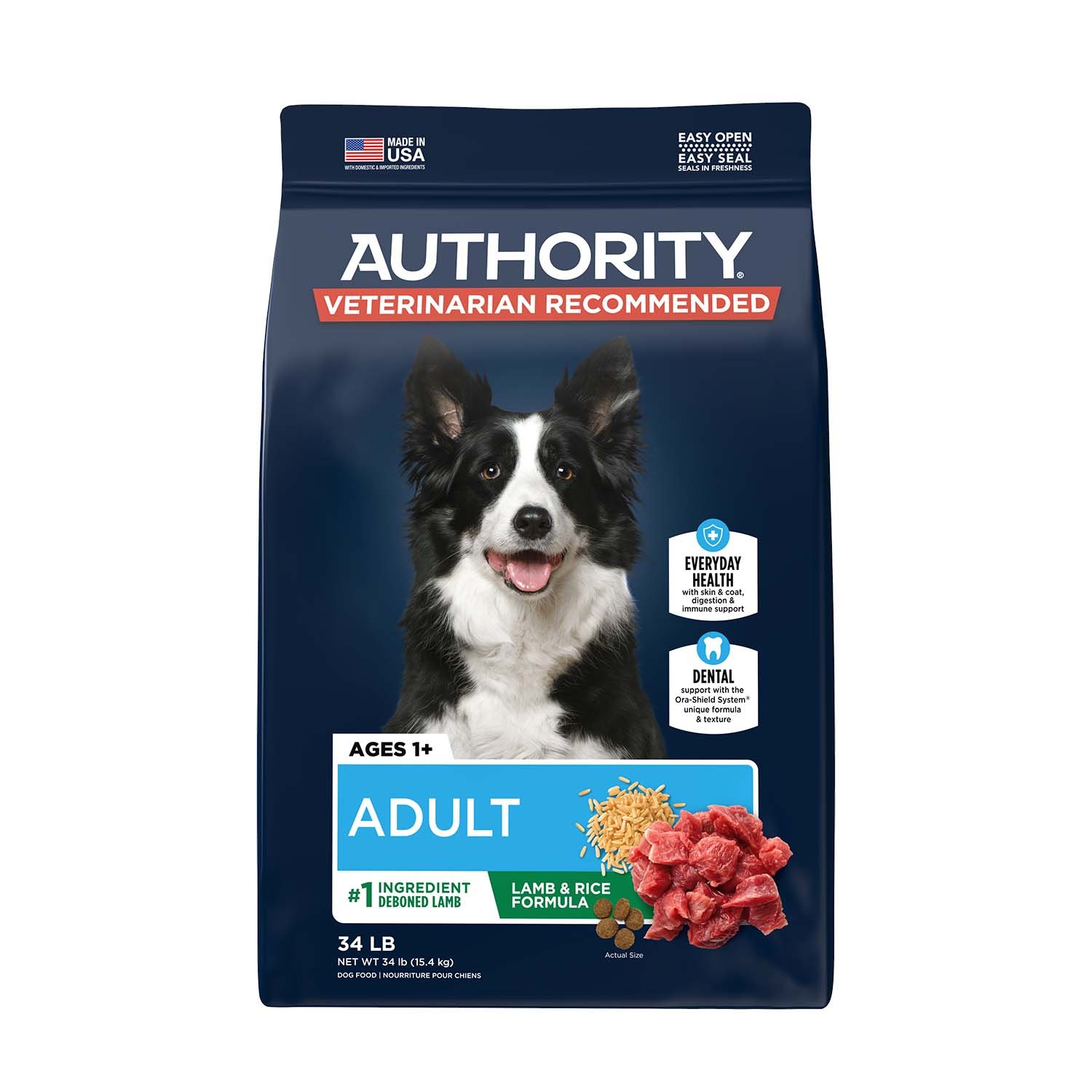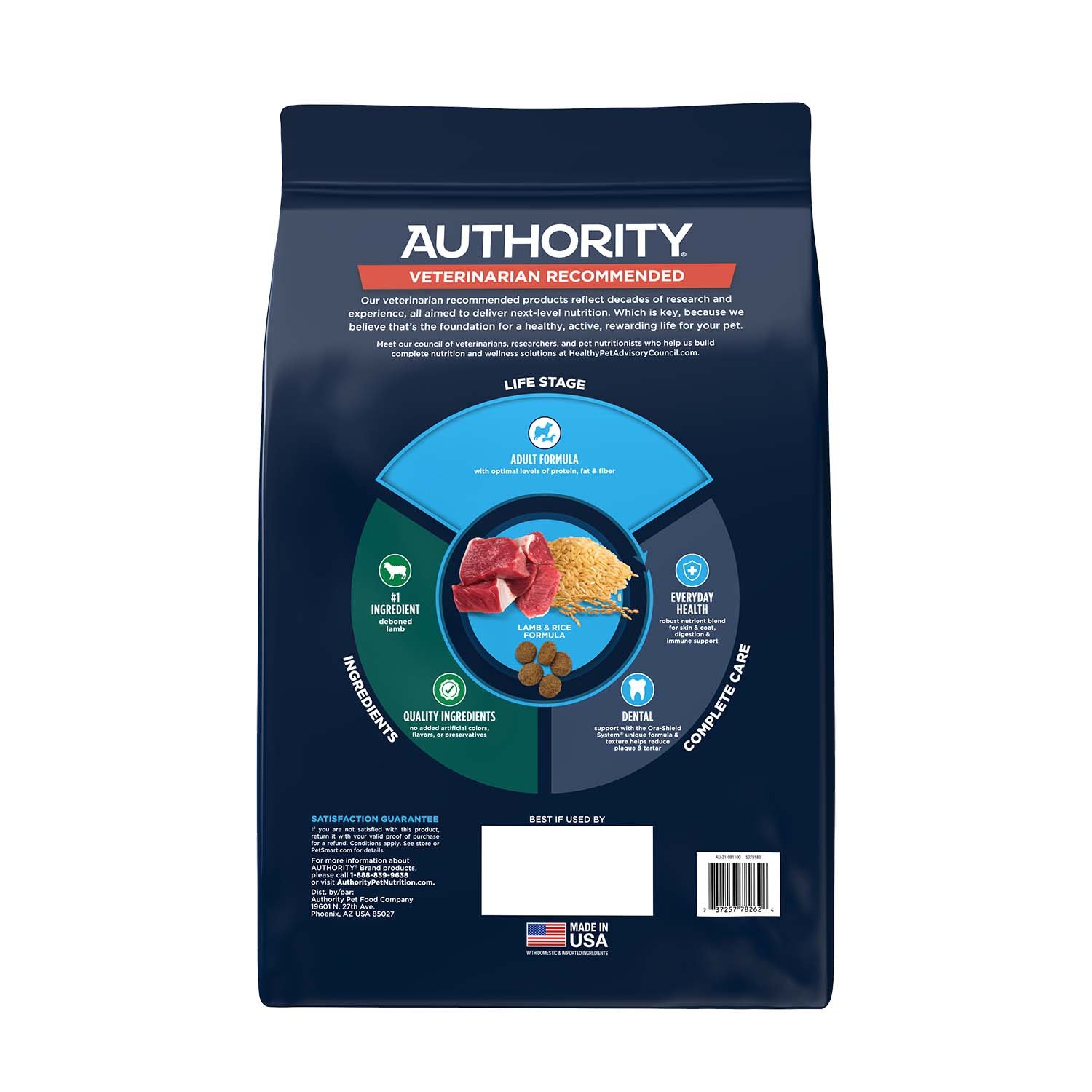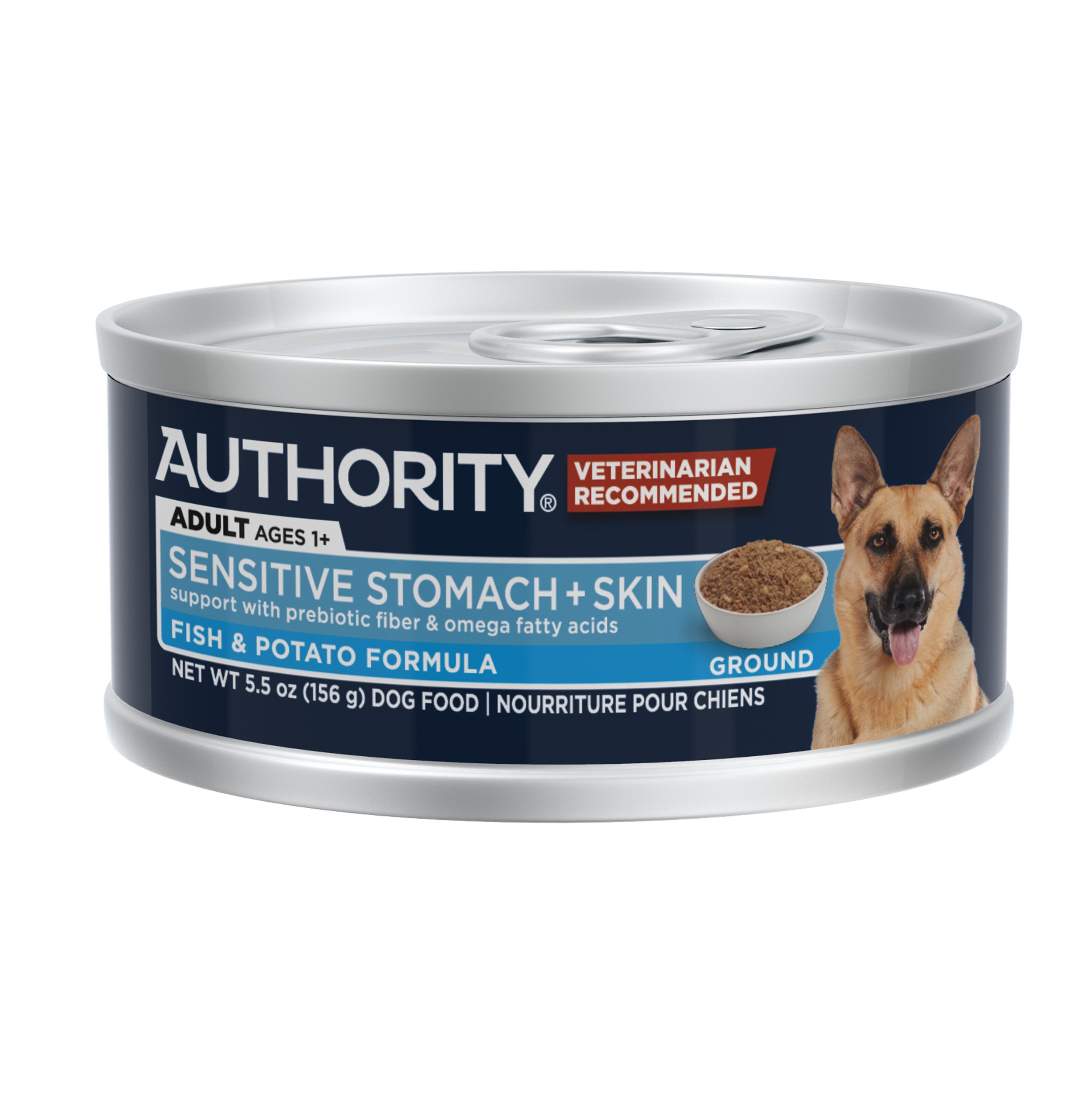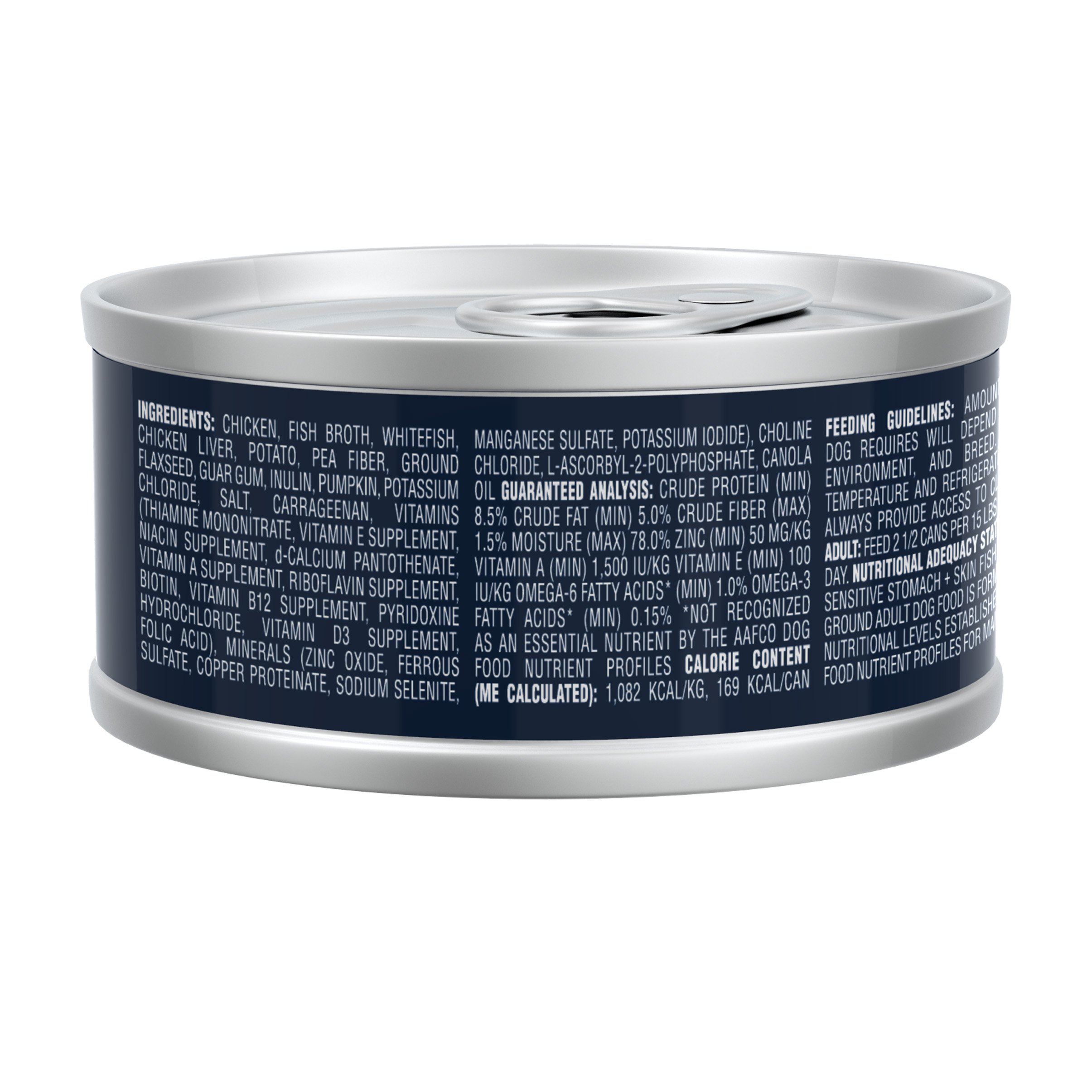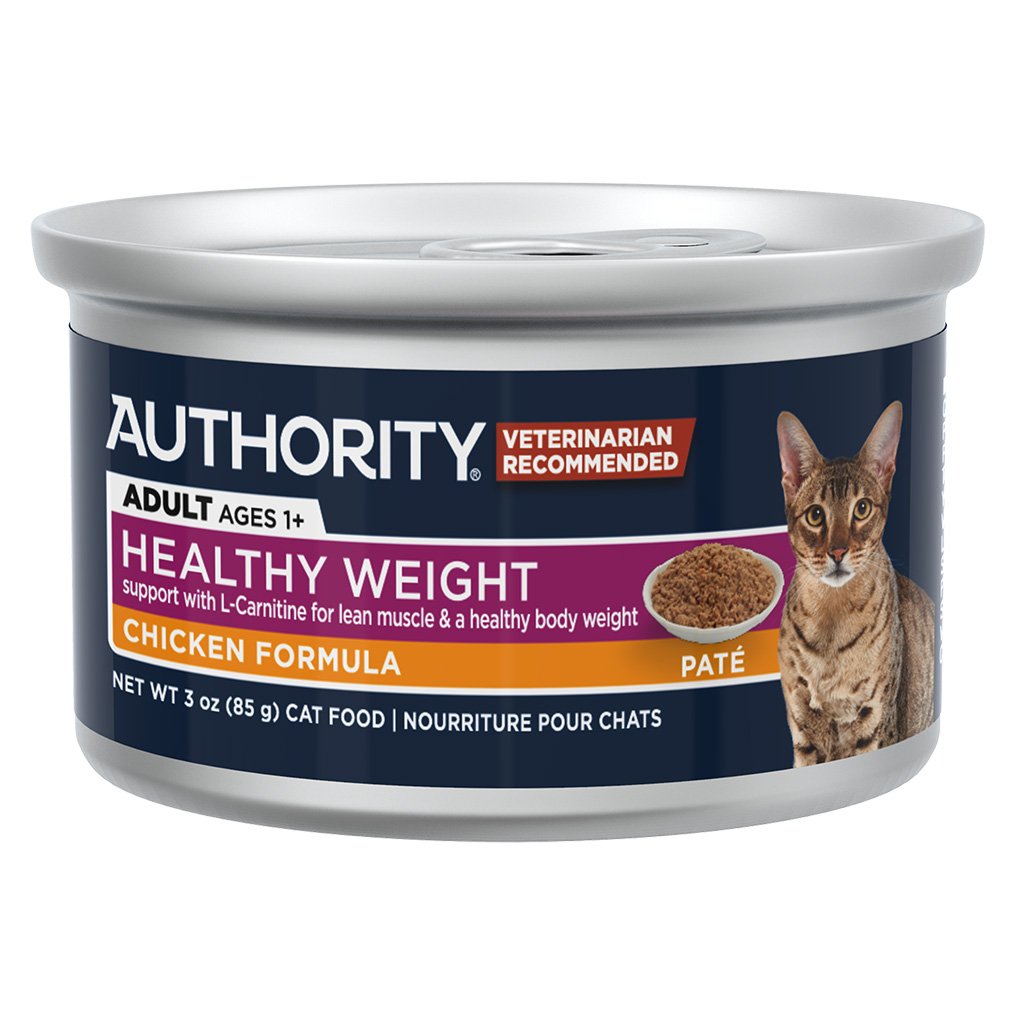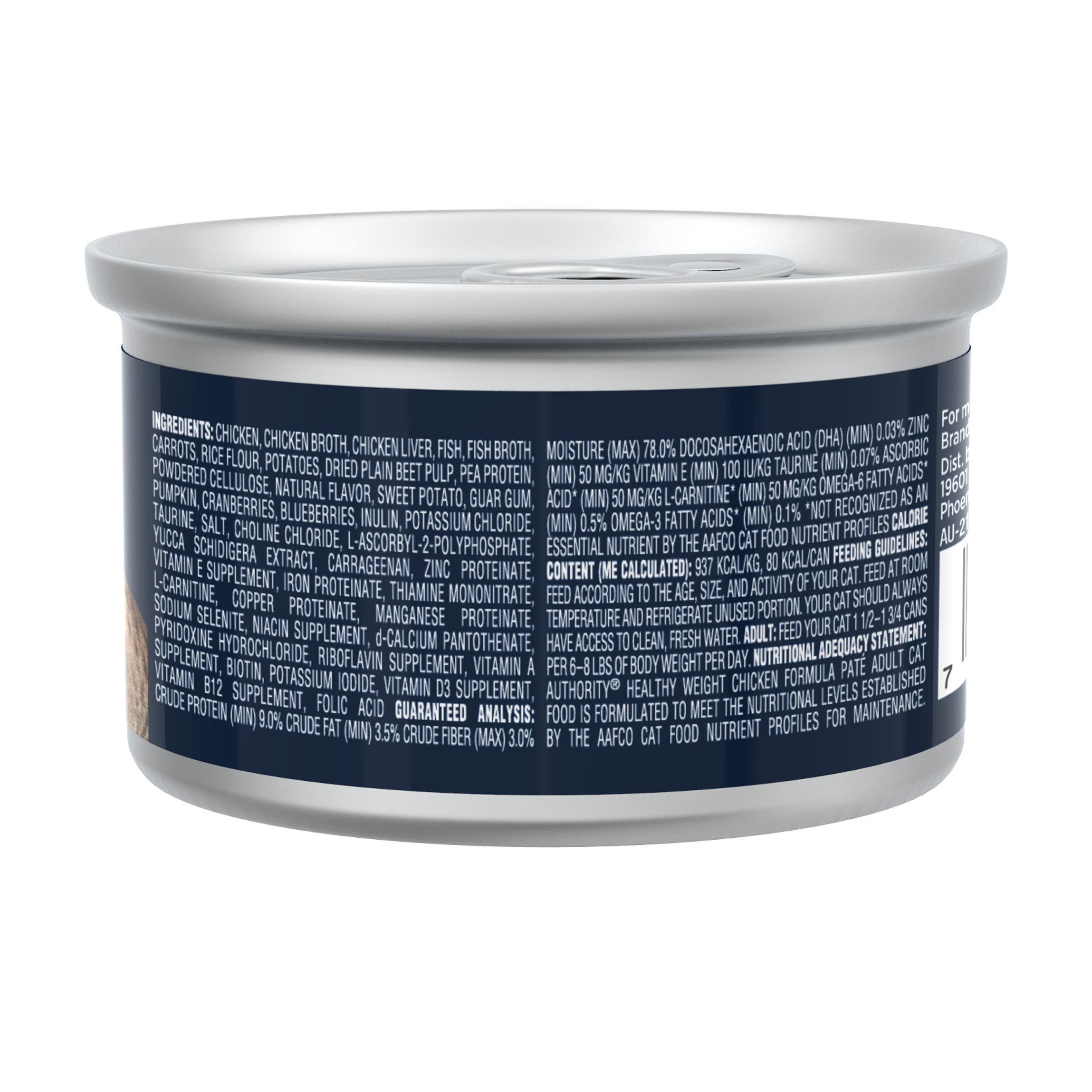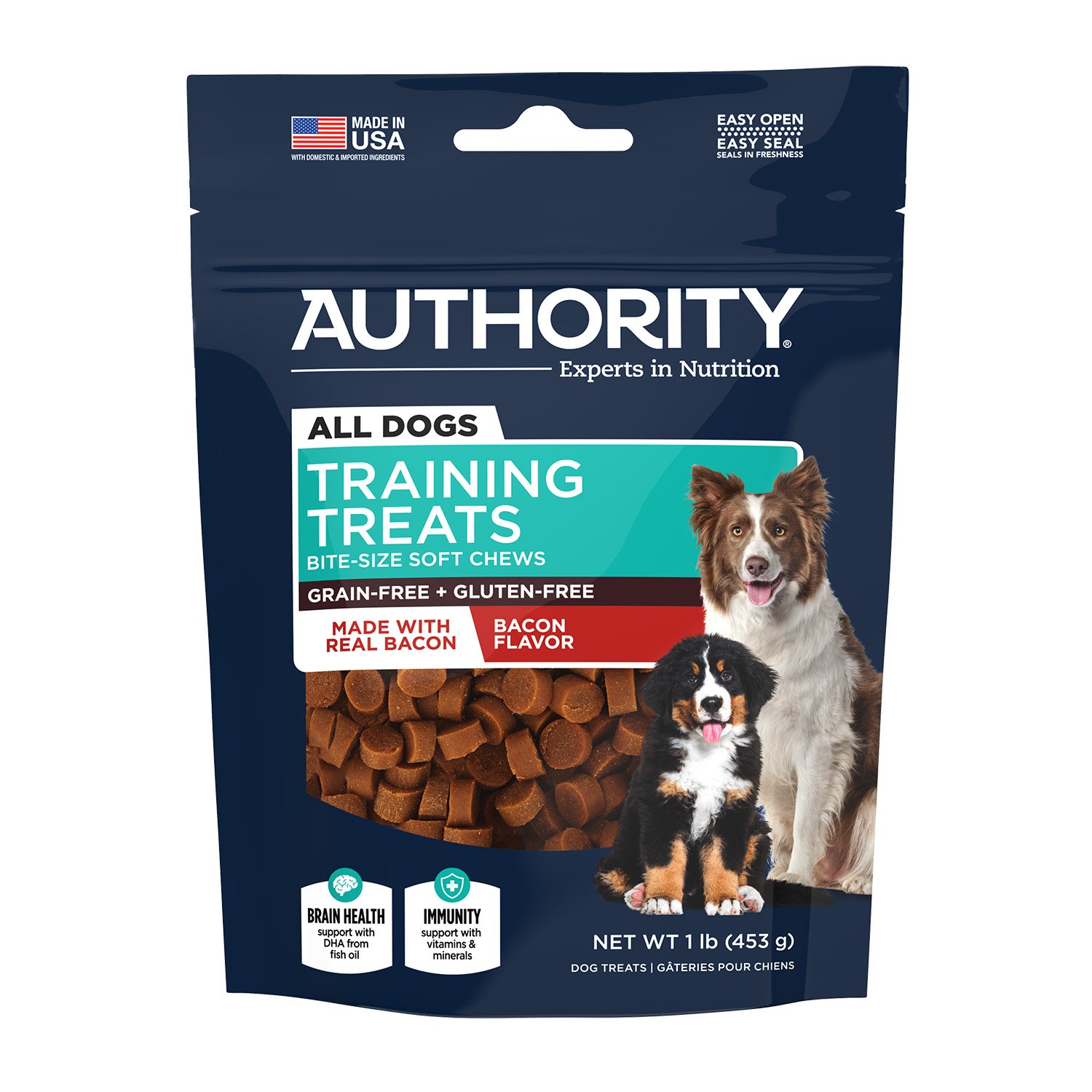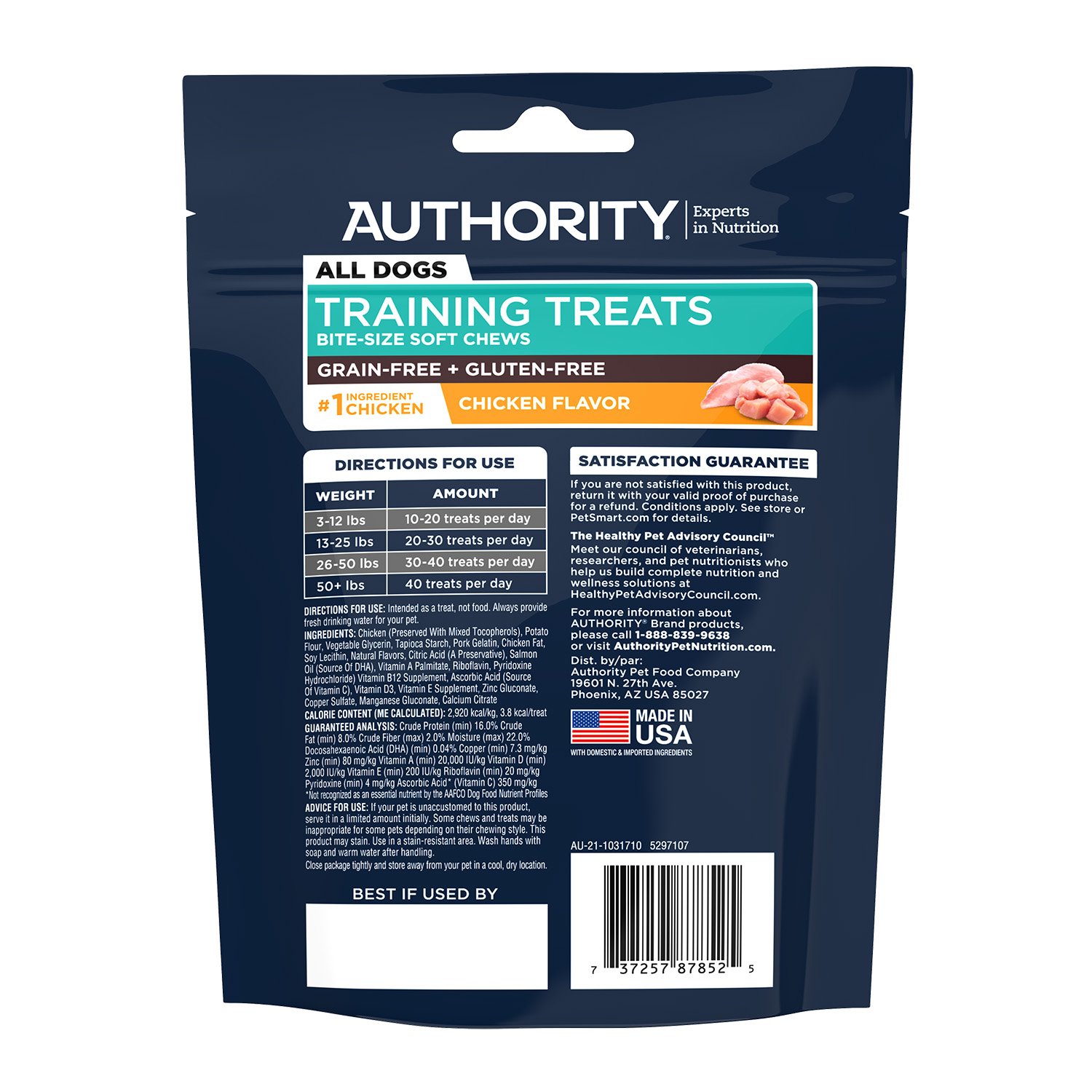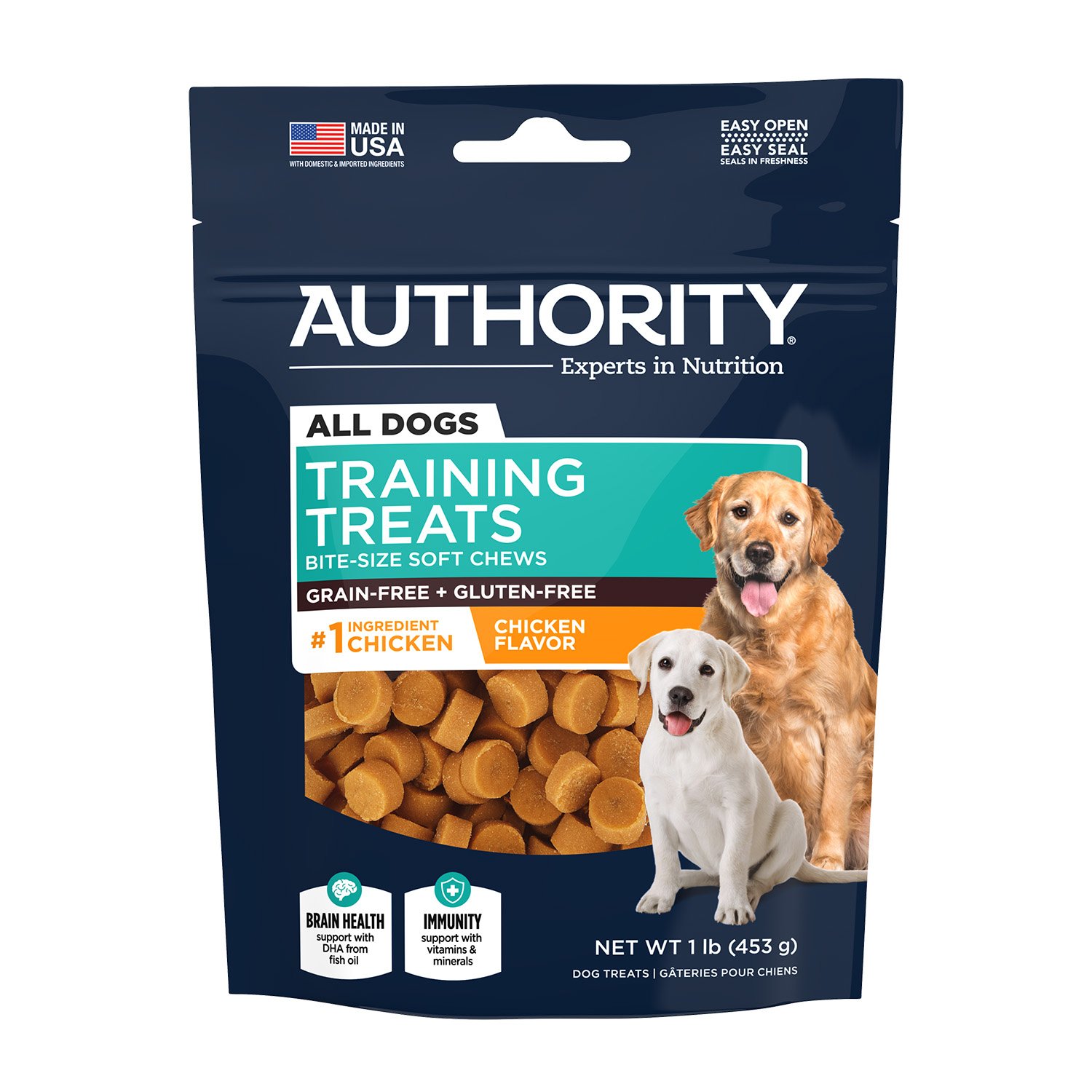3D Packaging renders for PetSmart
Leveraging the powerful software platform KeyShot and utilizing 2D Adobe Illustrator packaging files, combined with a strategic approach to surfacing techniques, I brought to life numerous 3D projects that now enhance PetSmart's e-commerce website.
The Process
Transforming 2D files into 3D artworks involves the meticulous interpretation of packaging dielines to identify the optimal 3D model for the project. Fortunately, a wealth of 3D models is readily available, offering various options to choose from. However, these models are not always a perfect fit, presenting challenges that demand finesse. Sometimes, it's necessary to adjust the 2D image to seamlessly integrate it into the 3D space or make tweaks to elements on the art board.
One of the key hurdles in crafting 3D renders is mastering the art of lighting. Striking the right balance is crucial, ensuring that the final render preserves the integrity of text and brand colors. There are instances where mismanaged lighting can overshadow details, rendering them unreadable and distorting the intended colors.
authority dry food bags
authority cans
Cans present a unique challenge due to their curved design. The key is to position the artwork in such a way that the text remains legible without distortion or stretching. Below are examples of 5oz and 3oz cans designed for wet food.
SURPS or Stand Up Resealable Package
In packaging of this particular style, the primary challenge arises from the transparent window, which offers a glimpse of the product within. The key lies in sourcing and skillfully editing the appropriate food photography samples to create a convincing and lifelike representation within the window. This task can be intricate, especially when dealing with photos with overly bright or flat lighting. The use of strategic dark shading becomes instrumental in crafting a depth and dimension that adds realism to the overall effect.
See the full range of Authority products on PetSmart’s website.


